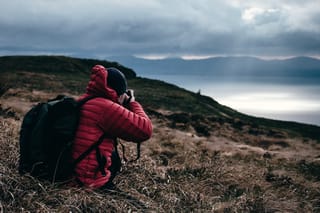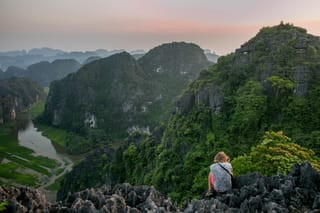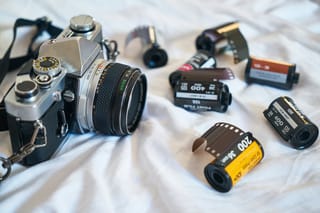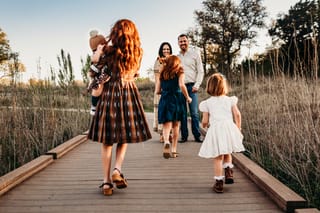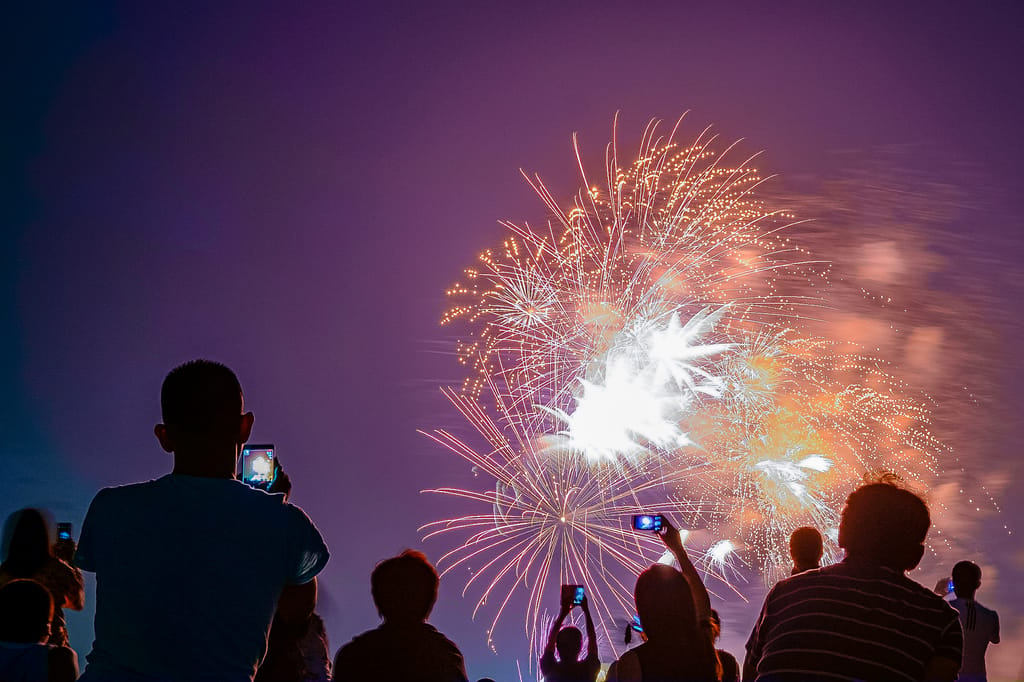
It’s that time of year when the sun is setting earlier and earlier, and even at noon, it seems to lie pretty low in the sky. Fall is leading us into winter, and for photographers who do most of their shooting on the street, these seasons ahead can be bleak.
But really, like any other photographic challenge, learning to deal with less-than-ideal light makes you a better photographer in the long run. You may even come to appreciate dim settings for the creative opportunities they present.
For me, this is the time of year where I make a slight stylistic shift, and frankly, I look forward to the change of pace. Here’s how I make the most out of the least available light.
Surrender, and shoot with the light you have
I do a lot of in-the-moment street photography, and my prefered method is to shoot using zone focus, which means I’m usually sitting between f/8 and f/16 to get as much depth of field as I can. I also like to freeze motion at fast shutter speeds of at least 1/500 second, so I need all the light I can get to keep my ISO relatively low.
When the sun’s blasting its rays onto everything, this is not a problem, of course. But in low light, I have to make some sacrifices, and change up my style a bit.
First off, I gotta open up that aperture a bit.
Large aperture lenses faster than f/2.8 suddenly become more useful in my arsenal. If I’m shooting the Fujifilm X-T4, I’ll throw on the XF 23mm f/1.4, the XF 35mm f/1.4, or even the XF 56mm f/1.2 (if I’ve got some empty space) and that usually allows for plenty of light gathering.
Even the Fujifilm X100V with its f/2 lens is more than enough to shoot using just street lights.
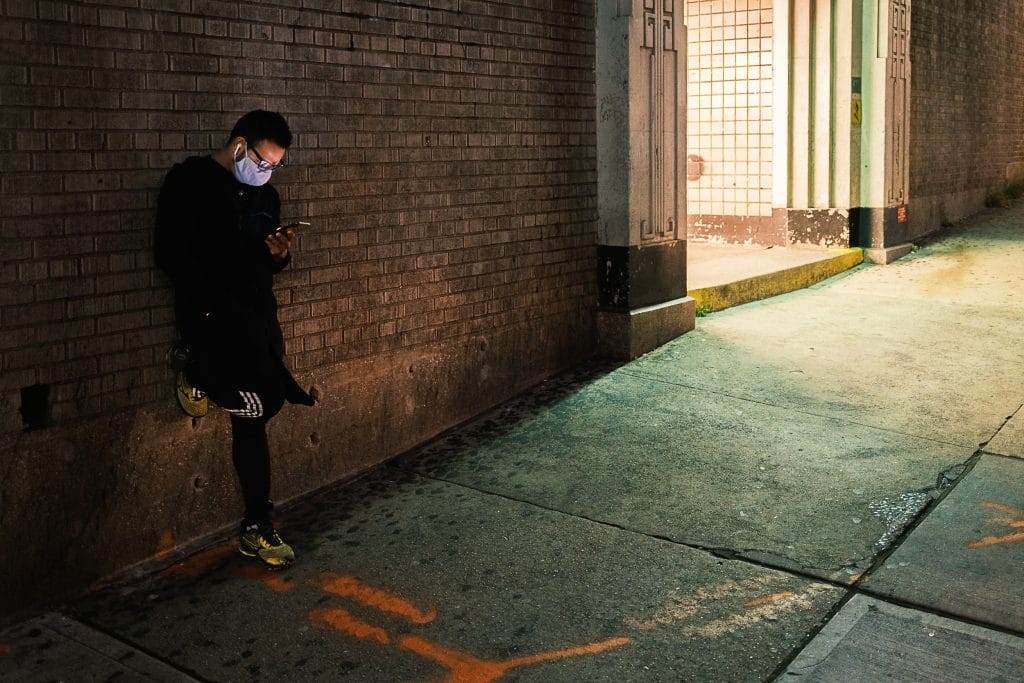
And for when I want some extra low-light fun, I’ll mount the 7Artisans 35mm f/0.95 on the Fujifilm body, and with that I can basically shoot in near darkness.
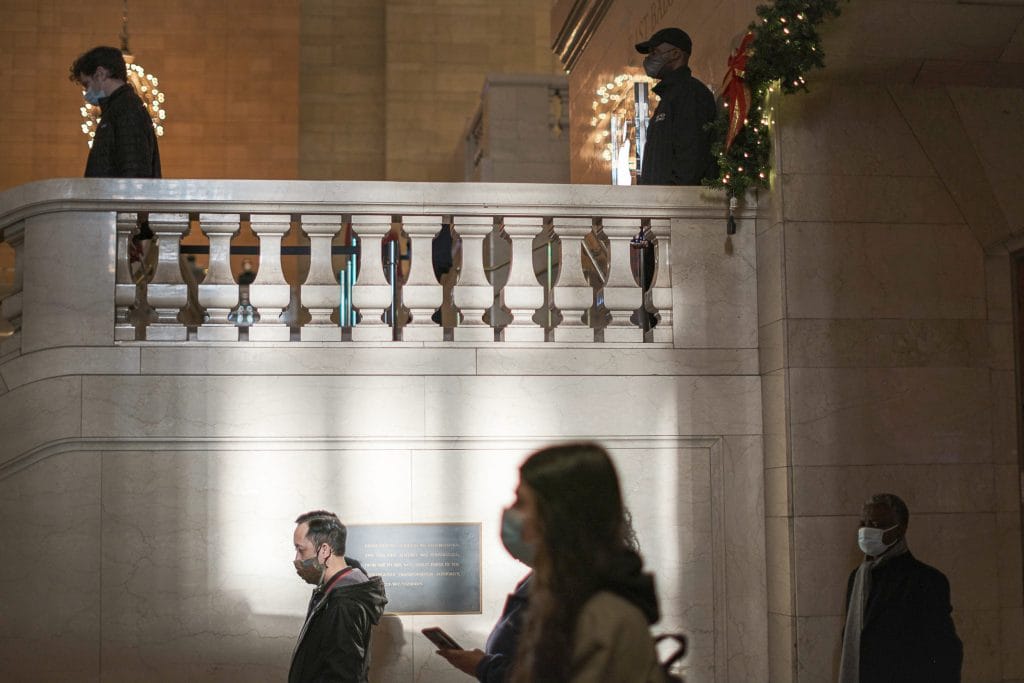
I also tend to let the available light dictate how I’m going to shoot. If the low winter sun is mostly hidden by the buildings at street level, I’ll find a spot where a few rays poke through to create a high contrast image. I’ll expose for the light and let the shadows fall as dark as they have to get. This can actually serve as an effective framing device.
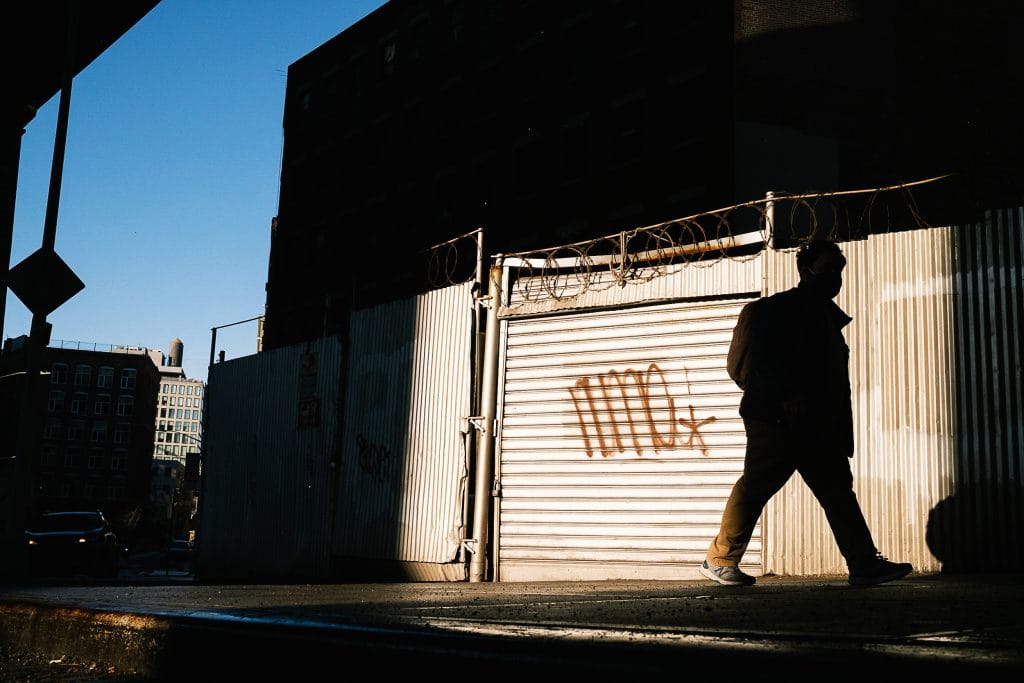
Same thing goes for artificial light if that’s all I have to work with. I expose for the brightest spots and let my framing and subjects do the heavy lifting to carry the effectiveness of the photo.
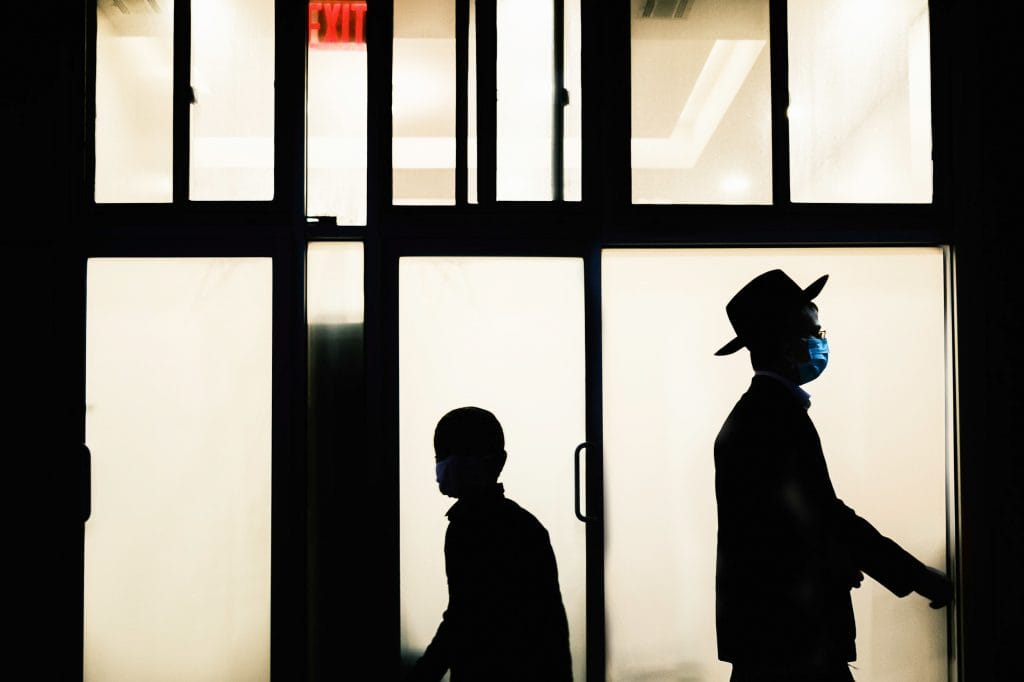
Embrace the blur, get with the motion
The other factor besides aperture that I’ve got to change in low light is my shutter speed. 1/500 second at night is usually impractical—it means my ISO would have to be cranked past a usable point. A little noise is fine by me, but I shoot mostly in color, and I can’t have them looking muddy.
Luckily, the X-T4 features a stabilized sensor, so that allows me to slow down my shutter speed considerably, and I can go as slow as 1/3 second and still get acceptably sharp shots handheld. Sure, things in motion will appear blurry, but at least my background will be sharp and serve as an anchor.
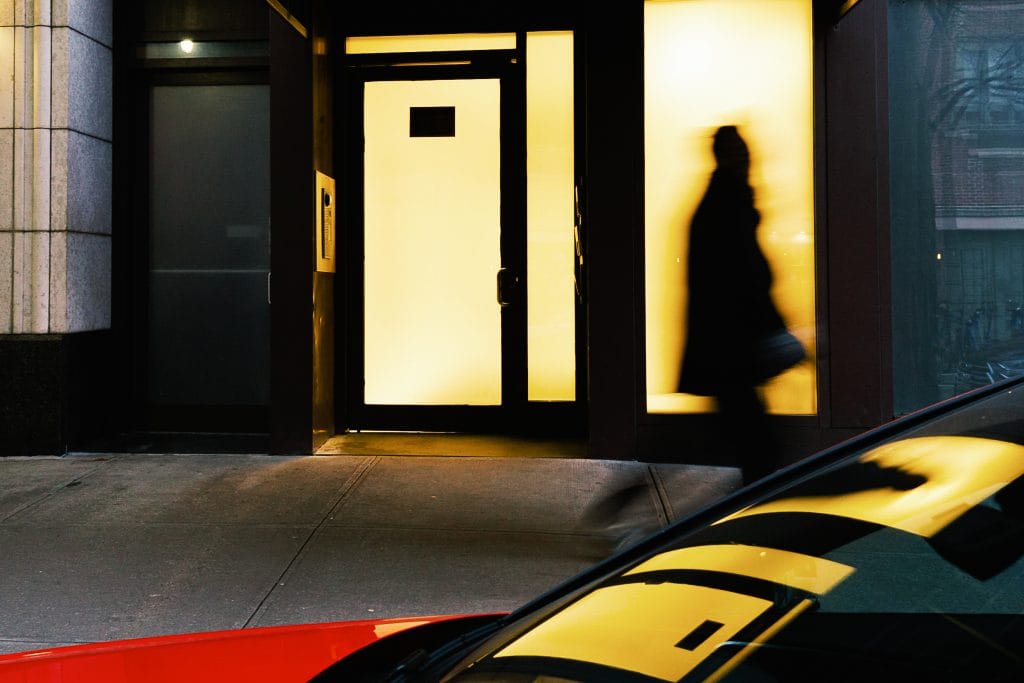
The motion can make for a cool ghost-like effect, especially when shooting silhouettes of people walking, so don’t be afraid to use it.
If it’s still too dark, let there be light
Even when I’m shooting the X100V, which isn’t stabilized, it’s sometimes fun to embrace the slow-shutter and introduce motion blur into my photos. The built-in flash can help freeze subjects so the whole frame isn’t a blurry mess, and it’s a cool-looking effect.
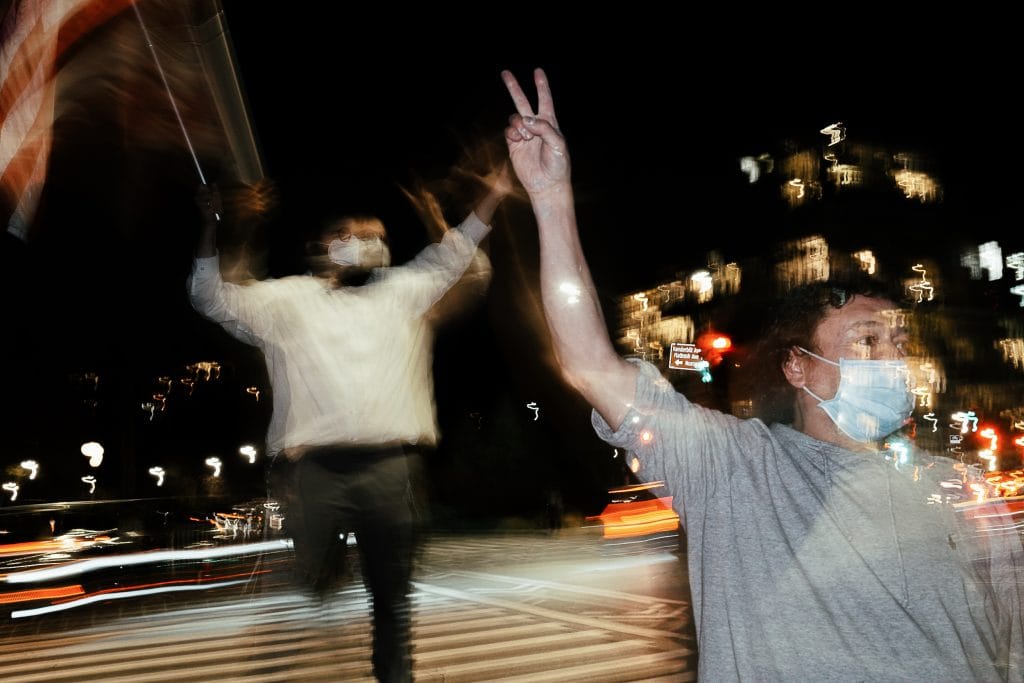
You can do this with any flash, of course. And if you can go off-camera with it, it allows even more control over the look of your images.
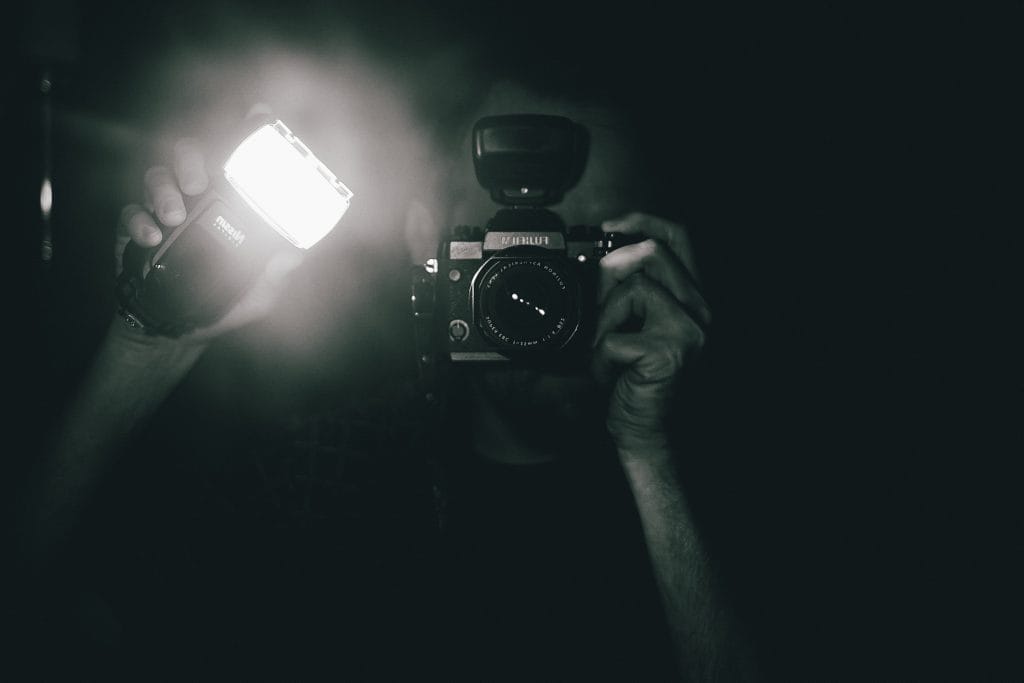
Get a bigger bucket
Camera sensors collect light, so if you want to catch more with every shot, getting a bigger sensor does the trick. There’s things like pixel density to think about, but for the most part, it’s always nice to have a bigger sensor.
I shoot mostly APS-C cameras, and they do a fine job, but sometimes I step up to a full-frame sensor Sony a7R III or a Leica M10.
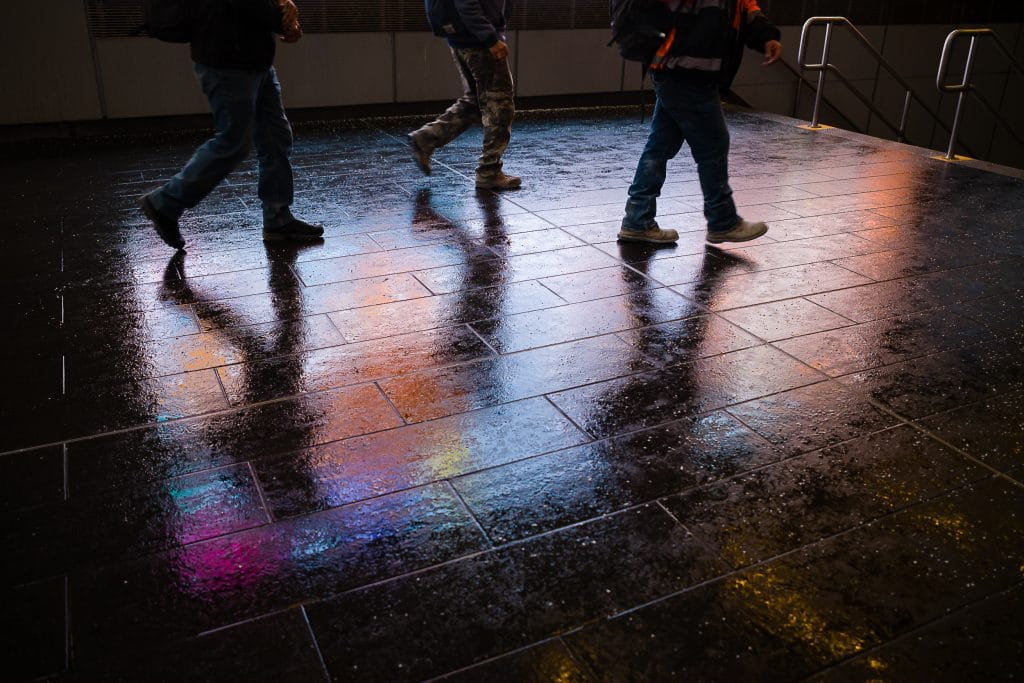
The added surface area assures that I have less noise in my images, as well as more detail and color accuracy.
When all else fails, find steady ground
This is something I rarely do in my guerilla-style street photography, but I have, from time to time, employed a tripod for taking longer exposures in low light.
Stabilized lenses and sensors can only go so far, after all, and even if you have the steady hands of a surgeon, it’s difficult to get hand-held pin-sharp results at low shutter speeds.

As long as you’re shooting static subjects, or don’t mind having motion blur for things that are moving, a tripod is always a good solution.
For the images above and below, I employed a strong and even flashlight to “paint” light onto areas of the subject, leaving me full creative control. Without a tripod, it would be difficult to replicate these results.
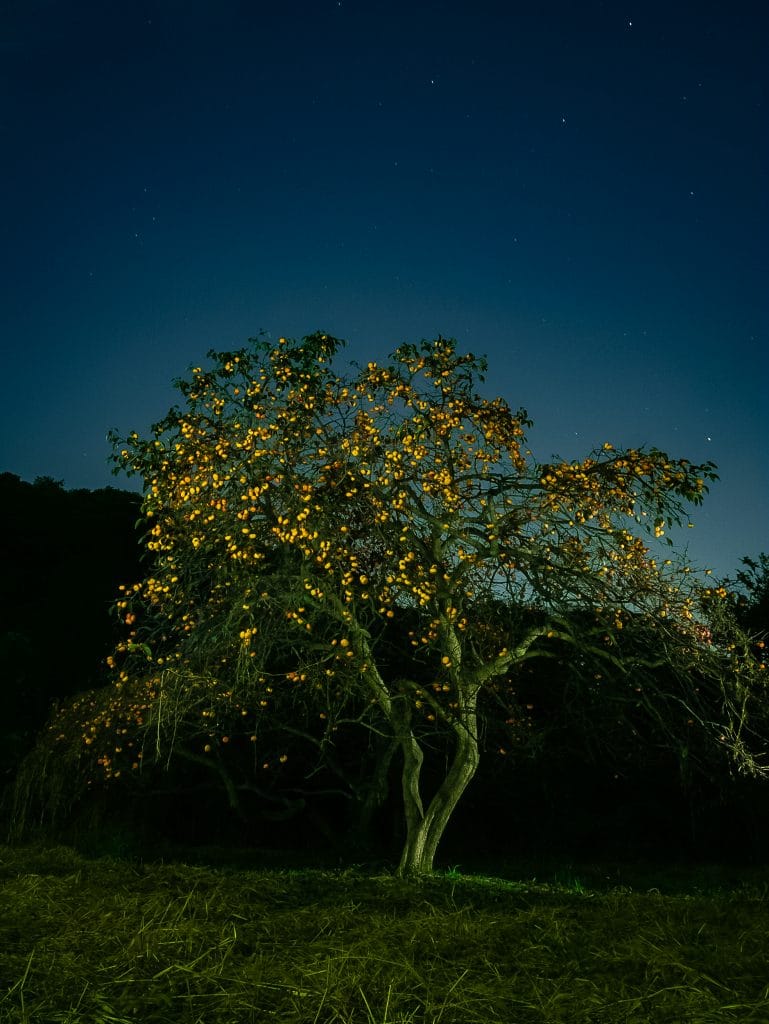
Embrace the situation
Above all, photography is about adapting to the conditions. Even when you have time to prepare and exert control over your environment, there’s always some issue that pops up and forces you to adapt to the situation.
That’s part of the fun of it, for me, and it often results in following a new creative path that wouldn’t have been there otherwise.
So, don’t let these dark, cold days scare you—get out there and shoot, no matter what.

